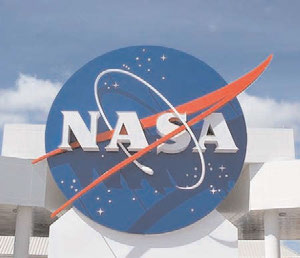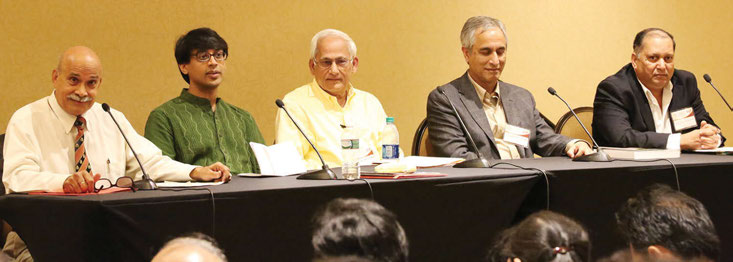
WASHINGTON (TIP): The universe is expanding 5 to 9 per cent faster than thought, astronomers using Nasa‘s Hubble Space Telescope have discovered.
“This surprising finding may be an important clue to understanding those mysterious parts of the universe that make up 95 per cent of everything and don’t emit light, such as dark energy, dark matter, and dark radiation,” said study leader and Nobel Laureate Adam Riess of the Space Telescope Science Institute and The Johns Hopkins University in the US.
Researchers made the discovery by refining the universe’s current expansion rate to unprecedented accuracy, reducing the uncertainty to only 2.4 per cent.
The team made the refinements by developing innovative techniques that improved the precision of distance measurements to faraway galaxies.
They looked for galaxies containing both Cepheid stars and Type Ia supernovae. Cepheid stars pulsate at rates that correspond to their true brightness, which can be compared with their apparent brightness as seen from Earth to accurately determine their distance.
Type Ia supernovae, another commonly used cosmic yardstick, are exploding stars that flare with the same brightness and are brilliant enough to be seen from relatively longer distances.
By measuring about 2,400 Cepheid stars in 19 galaxies and comparing the observed brightness of both types of stars, researchers accurately calculated distances to roughly 300 Type Ia supernovae in far-flung galaxies.
They compared those distances with the expansion of space as measured by the stretching of light from receding galaxies.
The team used these two values to calculate how fast the universe expands with time, or the Hubble constant.
The improved Hubble constant value is 73.2 kilometres per second per megaparsec. A megaparsec equals 3.26 million light-years.
The new value means the distance between cosmic objects will double in another 9.8 billion years.
This refined calibration presents a puzzle, however, because it does not quite match the expansion rate predicted for the universe from its trajectory seen shortly after the Big Bang. Measurements of the afterglow from the Big Bang by Nasa’s Wilkinson Microwave Anisotropy Probe and the European Space Agency’s Planck satellite mission yield predictions for the Hubble constant that are 5 per cent and 9 per cent smaller.
“If we know the initial amounts of stuff in the universe, such as dark energy and dark matter, and we have the physics correct, then you can go from a measurement at the time shortly after the big bang and use that understanding to predict how fast the universe should be expanding today,” said Riess.
“However, if this discrepancy holds up, it appears we may not have the right understanding, and it changes how big the Hubble constant should be today,” he said.





Be the first to comment